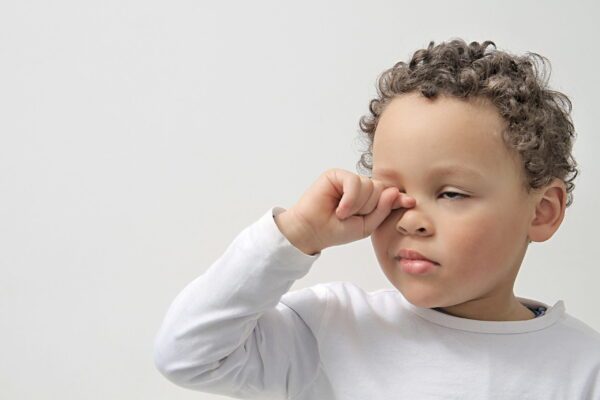
Children often bump their heads. Afterwards, it is normal for them to have a slight headache, feel sick for a couple of days, or be a little sleepy.
Monitor your child at home for 24 hours for any change in symptoms. Treat with:
- An ice-pack on the injury for short intervals (e.g. 10 minutes, once an hour)
- Paracetamol (following the age recommended dose on the packaging)
- Rest and avoiding rough play and sports.
If symptoms get worse or last longer than two weeks, then it’s time to ask for help. Call 111 as your first point of contact if your child has:
- Developed a persistent headache that doesn’t go away (despite being given paracetamol), or
- Developed a worsening headache.
The Emergency Department is for life-threatening symptoms. Only call 999 or go to Accident & Emergency if your child:
- Was knocked unconscious, or
- Vomits repeatedly, i.e., more than twice (with at least 10 minutes between each vomit) , or
- Shows a significant change in behaviour, for example, restlessness or memory problems.
Your home health kit essentials
What to include:
- Thermometer- to check temperatures
- Child’s paracetamol- for headaches and temperatures
- Antiseptic cream- to keep germs out of cuts
- Plasters- to protect cuts and scratches
- Olive oil- to use as ear drops for earache
- Antihistamines- for hayfever, allergies and insect bites
As well as your home health kit essentials, having a well-stocked medicine cabinet at home will help you treat common children’s illnesses.
Community Pharmacist, Mary Oaiya, explains what medicine it should include and how to use it when required.
